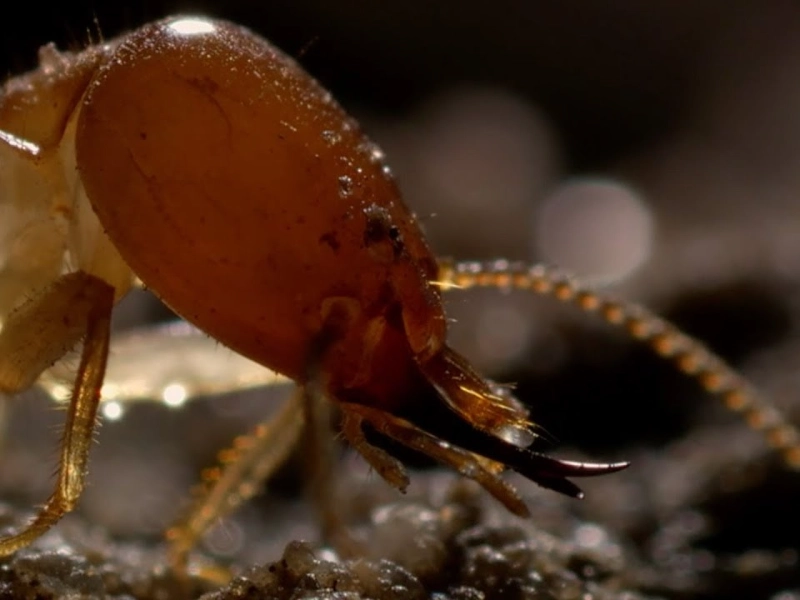4. Carbon Storage Contributors

Termites play a significant yet often overlooked role in the carbon cycle and storage within tropical forests. While their digestive processes produce methane, their contribution to soil carbon storage typically outweighs these emissions. By consuming and nesting in organic material, termites transport carbon deep into the soil, where it can remain stored for extended periods. Their soil modifications create stable carbon pools resistant to decomposition, aiding in long-term carbon sequestration. Additionally, the enhanced plant growth around termite colonies leads to increased carbon fixation through photosynthesis, further contributing to the forest’s carbon storage capacity. Termite-modified soils are particularly notable for their carbon storage potential. Studies show that soils associated with termite activity can contain up to 40% more carbon than surrounding areas. This elevated carbon content results from partially digested plant material, carbon-rich saliva and feces, and stable soil aggregates that protect organic matter from rapid decomposition. The improved soil structure and nutrient availability in termite-modified environments also promote faster plant growth, increasing above-ground carbon storage in vegetation. The long-term stability of termite mounds, which can persist for decades or even centuries, further enhances their role as carbon reservoirs. As concerns about climate change intensify, termites’ contributions to the global carbon cycle and climate regulation become increasingly important.
Advertisement

